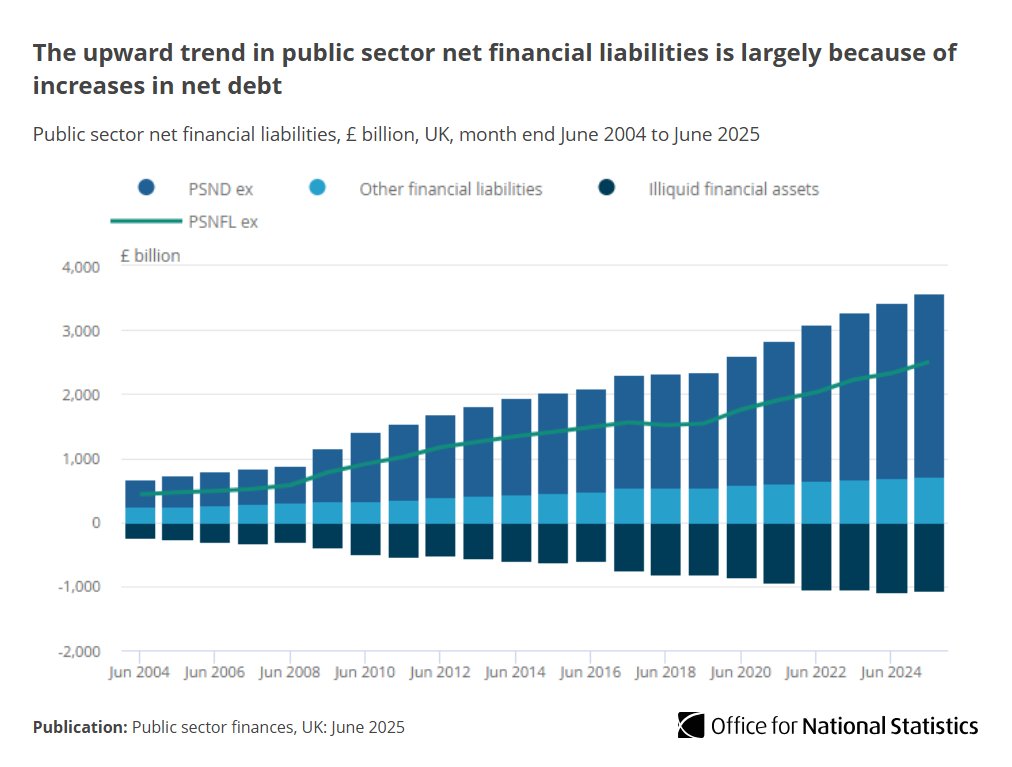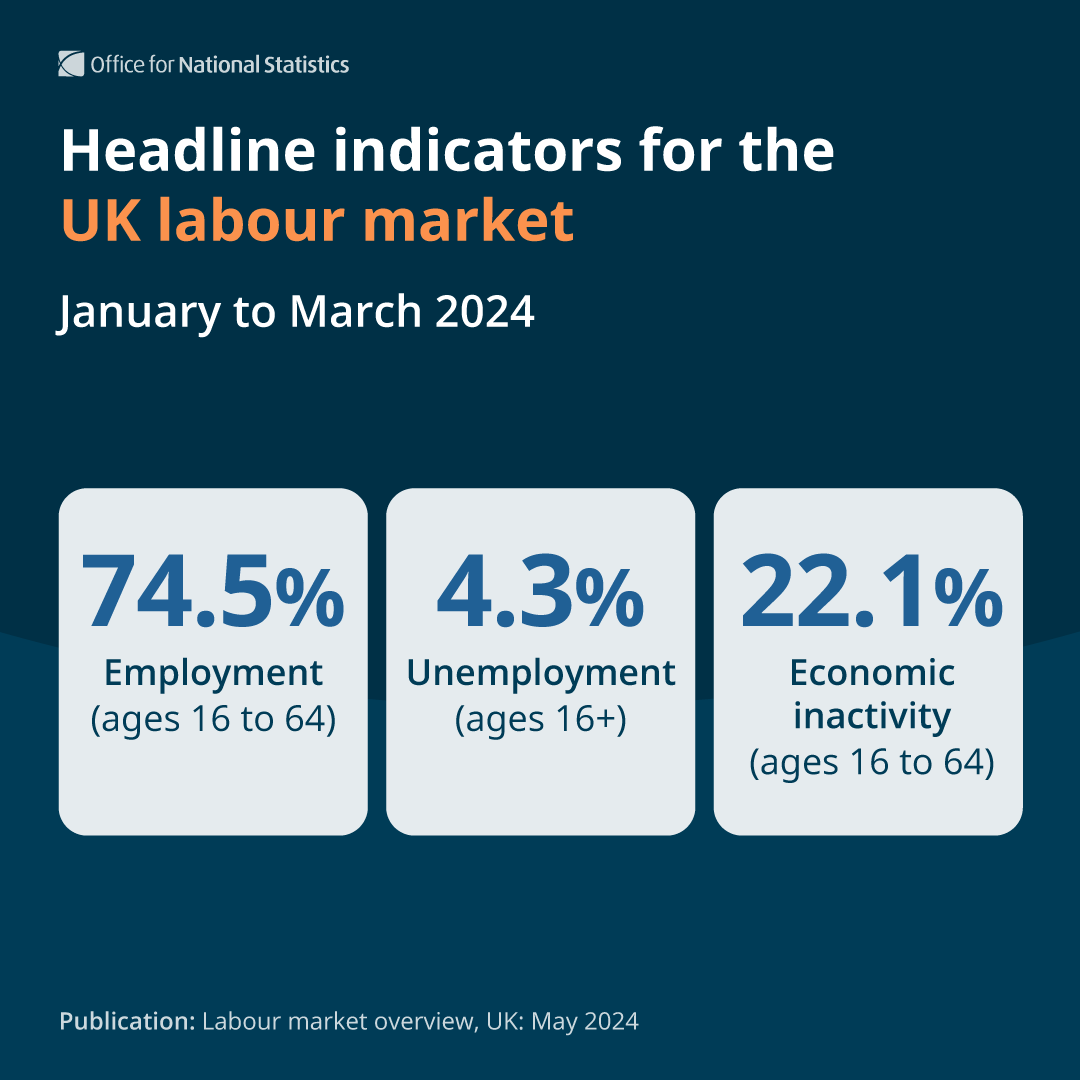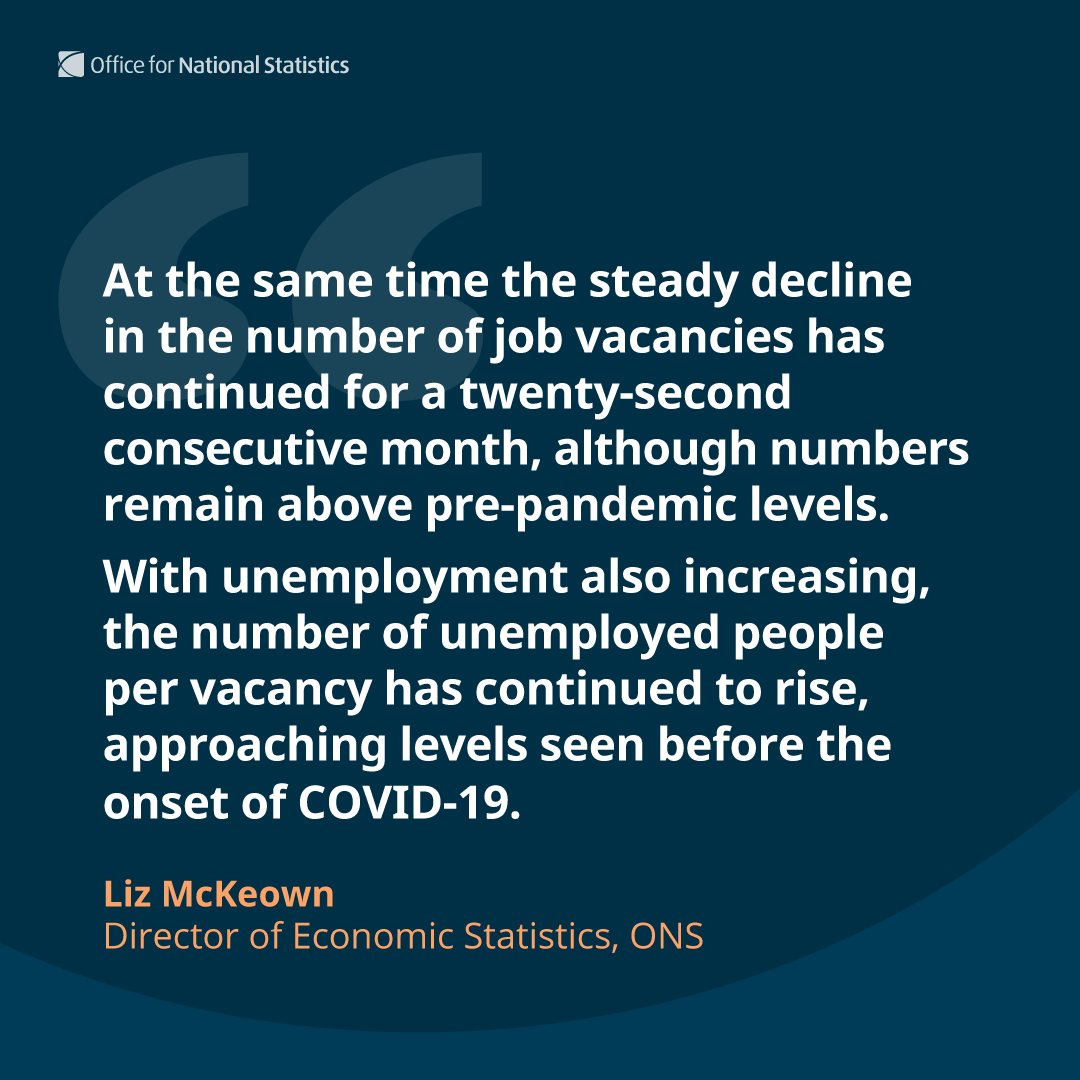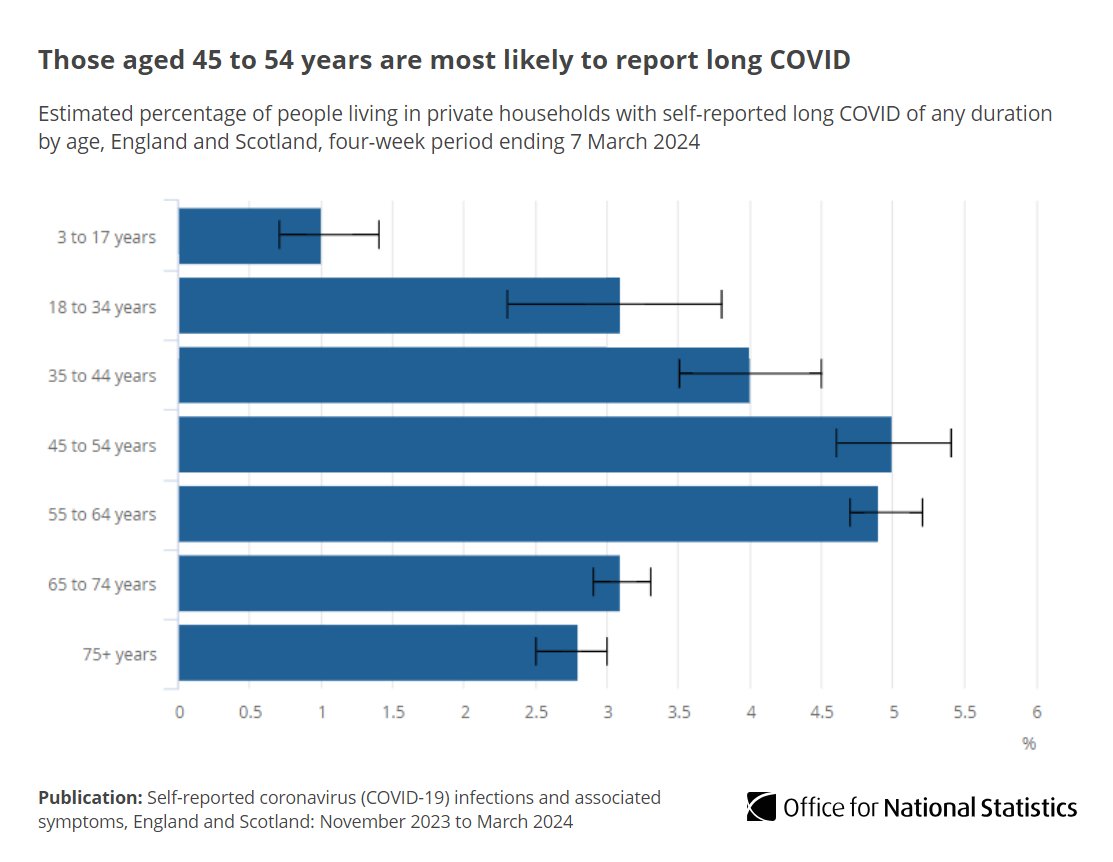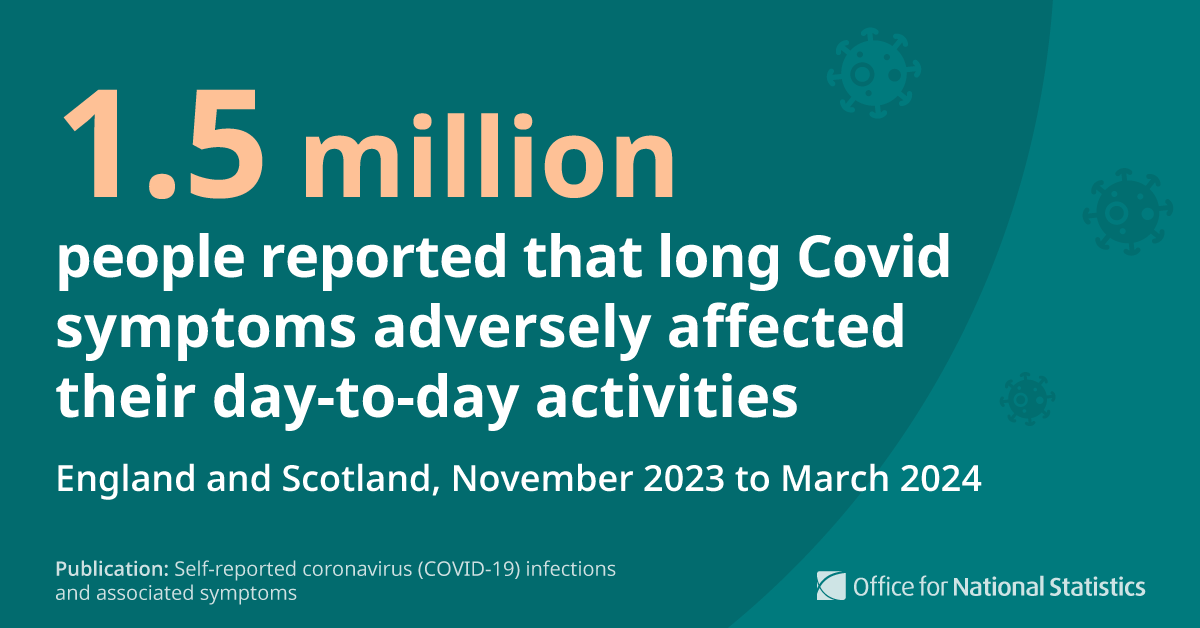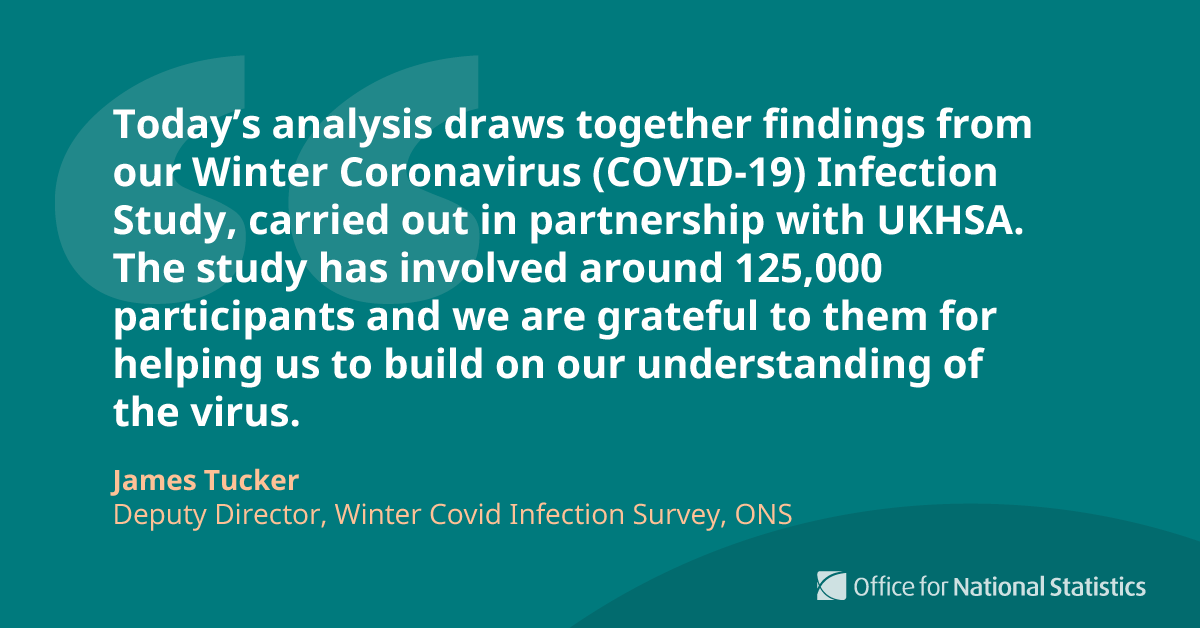On the @UN's International #DayOfFamilies, here are some #Census2021 insights on families in England and Wales.
A family refers to a
▪️ married, civil partnered or cohabiting couple with or without children
▪️ lone parent with at least one child who lives in the household
⬇️
A family refers to a
▪️ married, civil partnered or cohabiting couple with or without children
▪️ lone parent with at least one child who lives in the household
⬇️

There were 16.9 million families in England and Wales in 2021, an increase of 7.3% from 2011 (15.8 million).
▪️ 81.3% of families were couples
▪️ 18.7% were lone parents
➡️ ons.gov.uk/peoplepopulati…
▪️ 81.3% of families were couples
▪️ 18.7% were lone parents
➡️ ons.gov.uk/peoplepopulati…

In March 2021 in England and Wales:
▪️ 63.0% of households were single family households
▪️ 30.2% were one person households
▪️ 6.8% were other household types, such as households with multiple families or where unrelated adults lived together
➡️ ons.gov.uk/peoplepopulati…
▪️ 63.0% of households were single family households
▪️ 30.2% were one person households
▪️ 6.8% were other household types, such as households with multiple families or where unrelated adults lived together
➡️ ons.gov.uk/peoplepopulati…

The number of adult children living with their parents rose by 14.7% between 2011 and 2021, to around 4.9 million.
The average (median) age of those living with their parents was 24 years in England and Wales in 2021, one year older than in 2011.
➡️ ons.gov.uk/peoplepopulati…
The average (median) age of those living with their parents was 24 years in England and Wales in 2021, one year older than in 2011.
➡️ ons.gov.uk/peoplepopulati…

In 2021:
▪️ 17.1% of families had only non-dependent children, up from 15.8% in 2011
▪️ 41.5% of families had dependent children, down from 43.0% in 2011
▪️ Of all couple families, 41.3% had no children unchanged from 2011
➡️ ons.gov.uk/peoplepopulati…
▪️ 17.1% of families had only non-dependent children, up from 15.8% in 2011
▪️ 41.5% of families had dependent children, down from 43.0% in 2011
▪️ Of all couple families, 41.3% had no children unchanged from 2011
➡️ ons.gov.uk/peoplepopulati…

In 2021, 5.0% of children (aged 0 to 17 years) had a second parent or guardian address that they stayed at for more than 30 days per year, up from 3.2% in 2011.
Most (77.7%) lived within 15.0 kilometres from their second parental address in the UK.
➡️ ons.gov.uk/peoplepopulati…
Most (77.7%) lived within 15.0 kilometres from their second parental address in the UK.
➡️ ons.gov.uk/peoplepopulati…

In 2021, 52.4% of children with a second parent or guardian’s address usually lived in a single-family household that contained a female lone-parent family, an increase from 44.8% in 2011.
➡️ ons.gov.uk/peoplepopulati…
➡️ ons.gov.uk/peoplepopulati…
Use our Census maps to find out what people's lives were like across England and Wales in March 2021.
⬇️ ons.gov.uk/census/maps/
⬇️ ons.gov.uk/census/maps/
• • •
Missing some Tweet in this thread? You can try to
force a refresh



